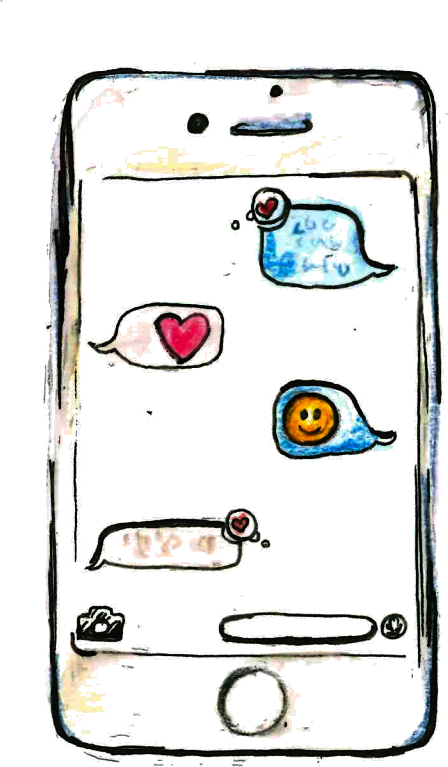
Joy Lian
From “u up?” to “How are you doing?”, text messaging has become an integral part of the average adult’s daily life. Aside from regular communication, texting can also be an effective avenue through which health providers can reach patients quickly and cheaply.
When scientists from the United States and China teamed up to test the effects of mobile health reminders on more than 800 individuals struggling with coronary heart disease in China, they were pleased to find that the participants almost unanimously appreciated the texts.
But according to their study, which was published in the journal Circulation: Cardiovascular Quality and Outcomes on April 1, the reminders did not translate into any significant reduction in blood pressure — a risk factor for heart problems. Even the messages that participants received about keeping a healthy diet failed to substantially affect their body mass indices after six months.
While the study’s results may seem disappointing, coauthor and University of Colorado School of Medicine cardiology professor Fred Masoudi said that his team’s efforts have still contributed to science in a meaningful way.
“At the end of the day, technology offers a lot of promise for improving health,” he said. “But we don’t know what that promise is unless we study it rigorously. Randomized trials like these are the way to ensure whether interventions are going to be successful or not.”
Prior to the experiment, the participants in China were randomly placed into either a group that received six health messages per week and two thank-you messages every month, or a control group that only received the thank-you texts.
The six weekly messages ranged from medication reminders to health facts. For example, while one text educated participants that they “can still choose low-intensity exercise, such as walking and Tai Chi, even after having a heart attack,” another advised them to “try to tell [their] family about [their] medication schedule so they can remind [them].”
According to the study, researchers carefully developed the automated messages for use in Chinese culture. Their efforts were successful: Over 98 percent of subjects said the messages were easy to understand, and only three percent reported rarely reading the texts.
Still, compared to the control group, those who received the messages did not experience any relative improvement in their blood pressure, physical activity, BMI or smoking status over the six-month period.
Faced with this apparent contradiction, co-first author and Yale professor of cardiology Erica Spatz said there is more work to be done to understand how best to harness the power of text messaging for health purposes.
“We’d like to do more studies of text messaging to support individuals in cardiovascular disease prevention, but we need to better fit the intervention to the unique goals and needs of patients,” she said.
Although this study did not find improvement in patients’ health outcomes, a nearly identical study conducted from 2011 to 2013 in Australian coronary heart disease patients showed the opposite: the trial group’s risk factors significantly decreased over a six-month period.
Since scientific advancement relies on testing hypotheses, the findings can still inform future studies, Masoudi said.
“We might say ‘Look, we’ve developed this group of motivational, educational text messages that are based on strong educational and motivational theory, and we’re going to distribute these to people and we’re going to just make the assumption that of course we’re going to have a beneficial effect,’” he added. “And in this case, they didn’t.”
According to Masoudi, the team is currently conducting a similar study involving Chinese patients with coronary heart disease and diabetes, but the results will be determined at a later date.
The very first text message was sent on Dec. 3, 1992 by an engineer in the United Kingdom.
Matt Kristoffersen | matthew.kristoffersen@yale.edu .







